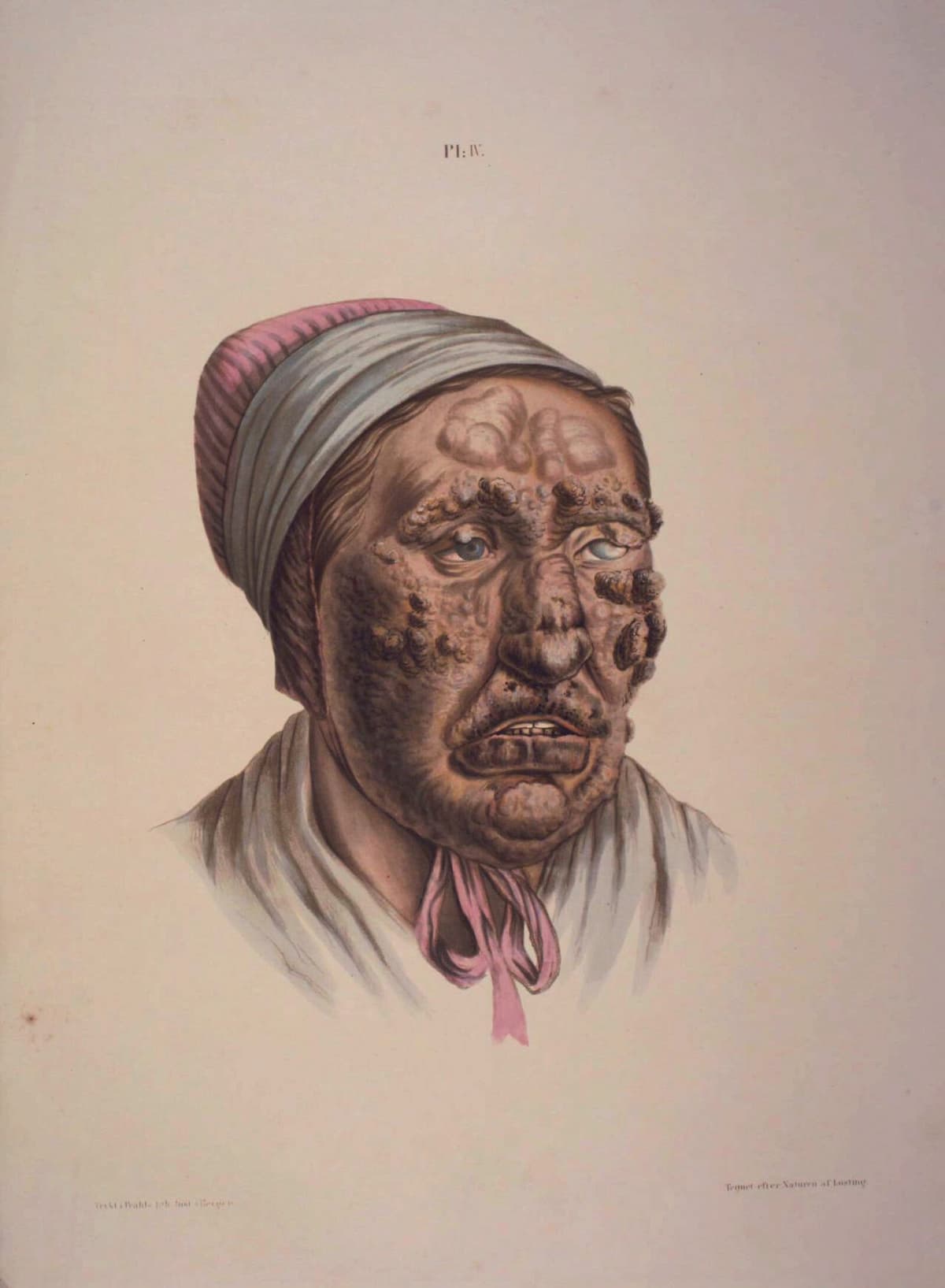This is evident from a new study published in the scientific journal Nature. The idea is not entirely new, but it is the first time that the conclusion is established with large amounts of genetic data.
The results are based on analyzes of remains of blood in bones and teeth from 1,313 people who lived in Europe and Asia from the Ice Age to early modern times, a period of 37,000 years. What they have been looking for is DNA from pathogens: bacteria and other microorganisms that cause diseases.
High mortality
Today, perhaps not most people think about such dangers, but the fact is that diseases transmitted by animals, so-called zoonoses, have played an extremely important role in human history. Until 1850, a quarter of all children died before the age of one, and another quarter died before they turned 15. More than half of the deaths were caused by various infectious diseases.
The most striking thing about the results is the almost total absence of pathogens during the period up to 6,500 years ago, that is, the time when people mainly lived on hunting, fishing or gathering wild plants. After that, most people became more or less sedentary and made a living from agriculture and keeping domestic animals, such as sheep, goats, cattle and pigs. Right at that time, the first pathogens appear in the study material.
Pest and leprosy
The plague bacterium Yersinia pestis is seen for the first time in remains that are approximately 5,700 years old, and the bacterium Borrelia recurrentis, which causes louse-borne relapsing fever, a disease with 10- to 40-percent mortality, appears about 5,600 years ago. Somewhat earlier, about 6,400 years ago, the first cases of yersiniosis or yersinia infection are noted. The feared leprosy comes later, during the Iron Age, about 1,500 years ago.
It is apparent, according to the researchers, that it was animal husbandry that gave rise to the new disease picture. All these pathogens are the kind that are found in domestic animals and apparently took the route to us ourselves.
The transmission of infection culminated, apparently, about 5,000 years ago. It was the period when steppe people from the east came to Europe and partially wiped out the previous population. The steppe people were accustomed to domestic animals and had probably developed a certain immunity to several diseases, but when these spread westward, the result was devastating for the original inhabitants.






